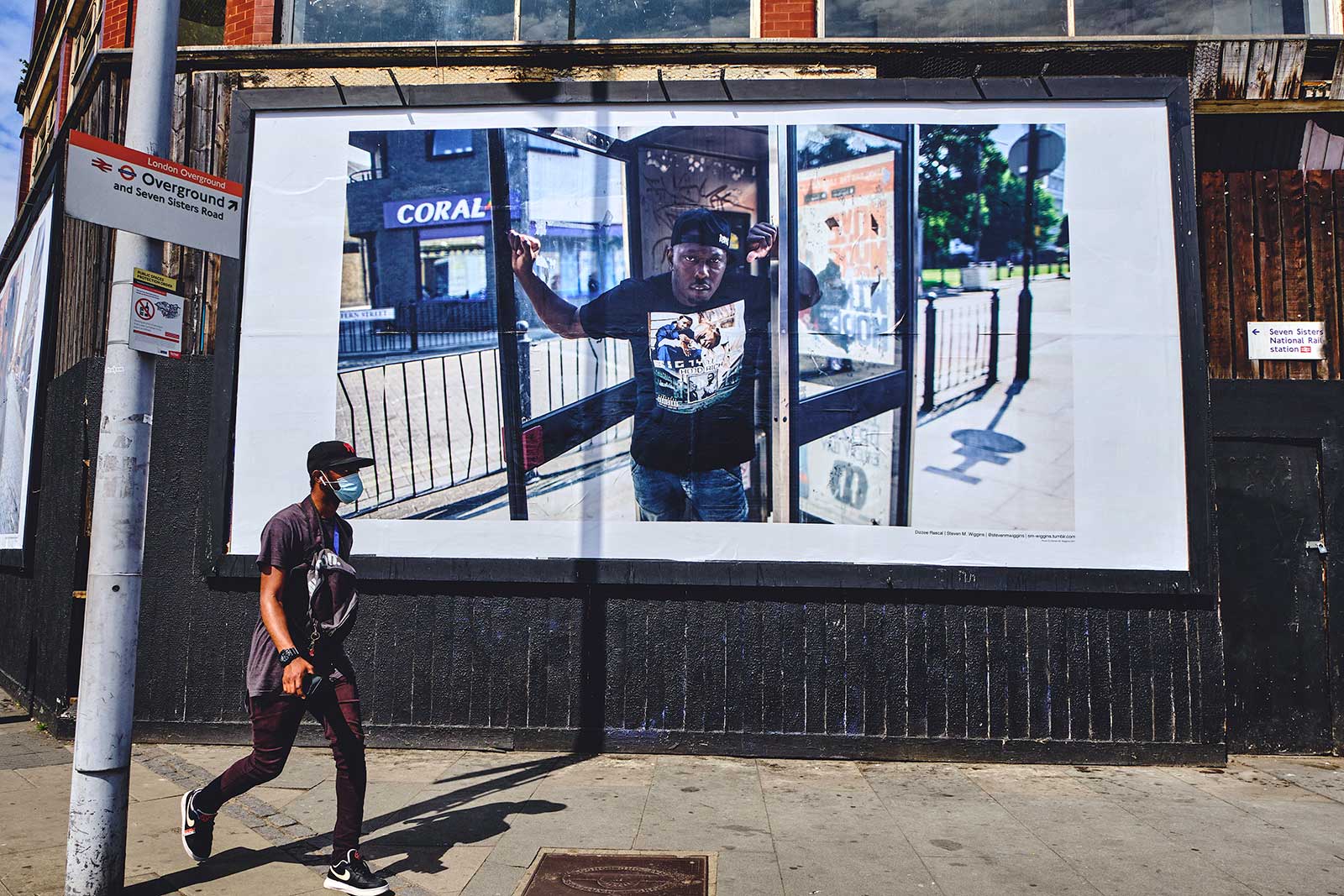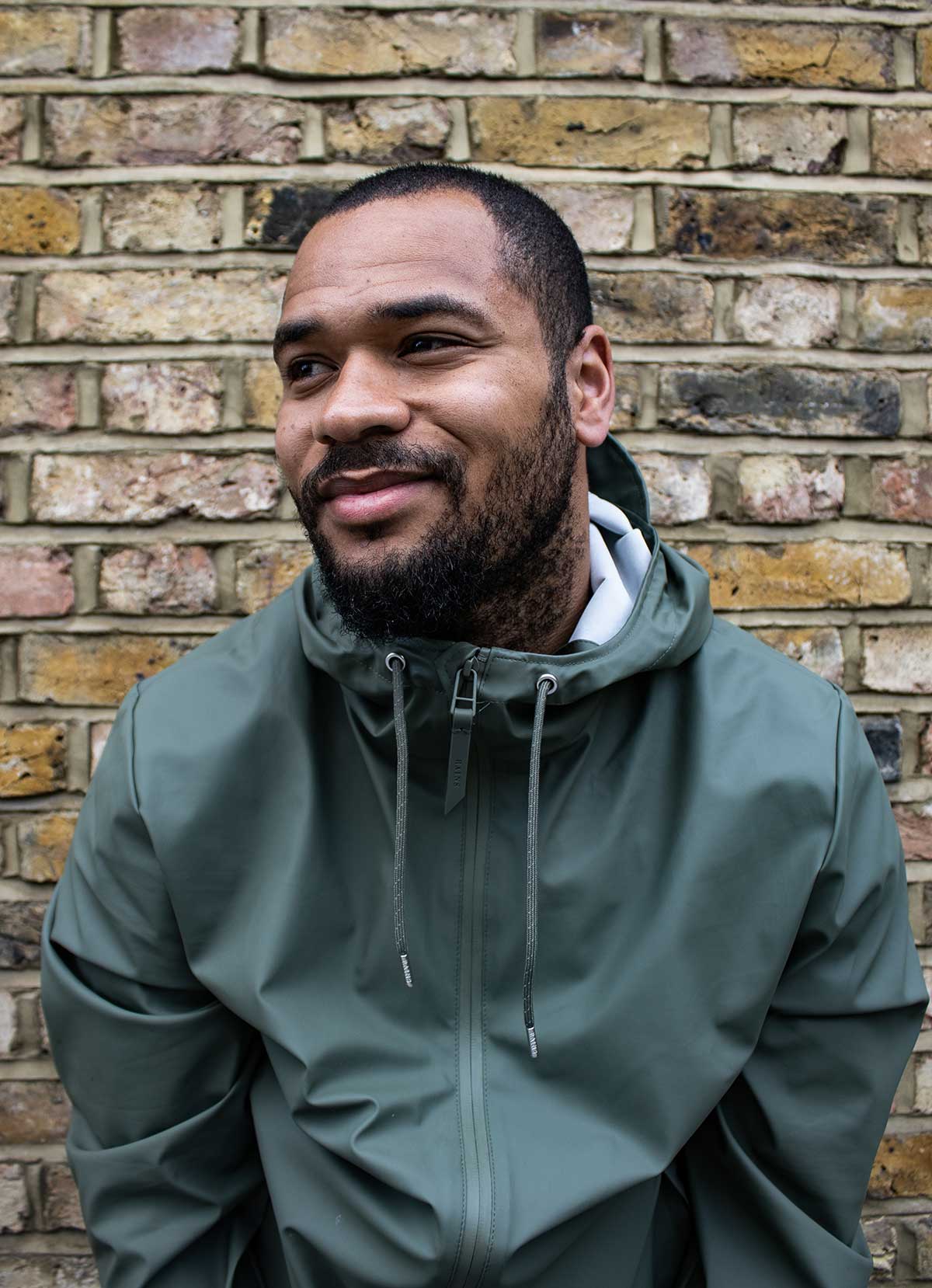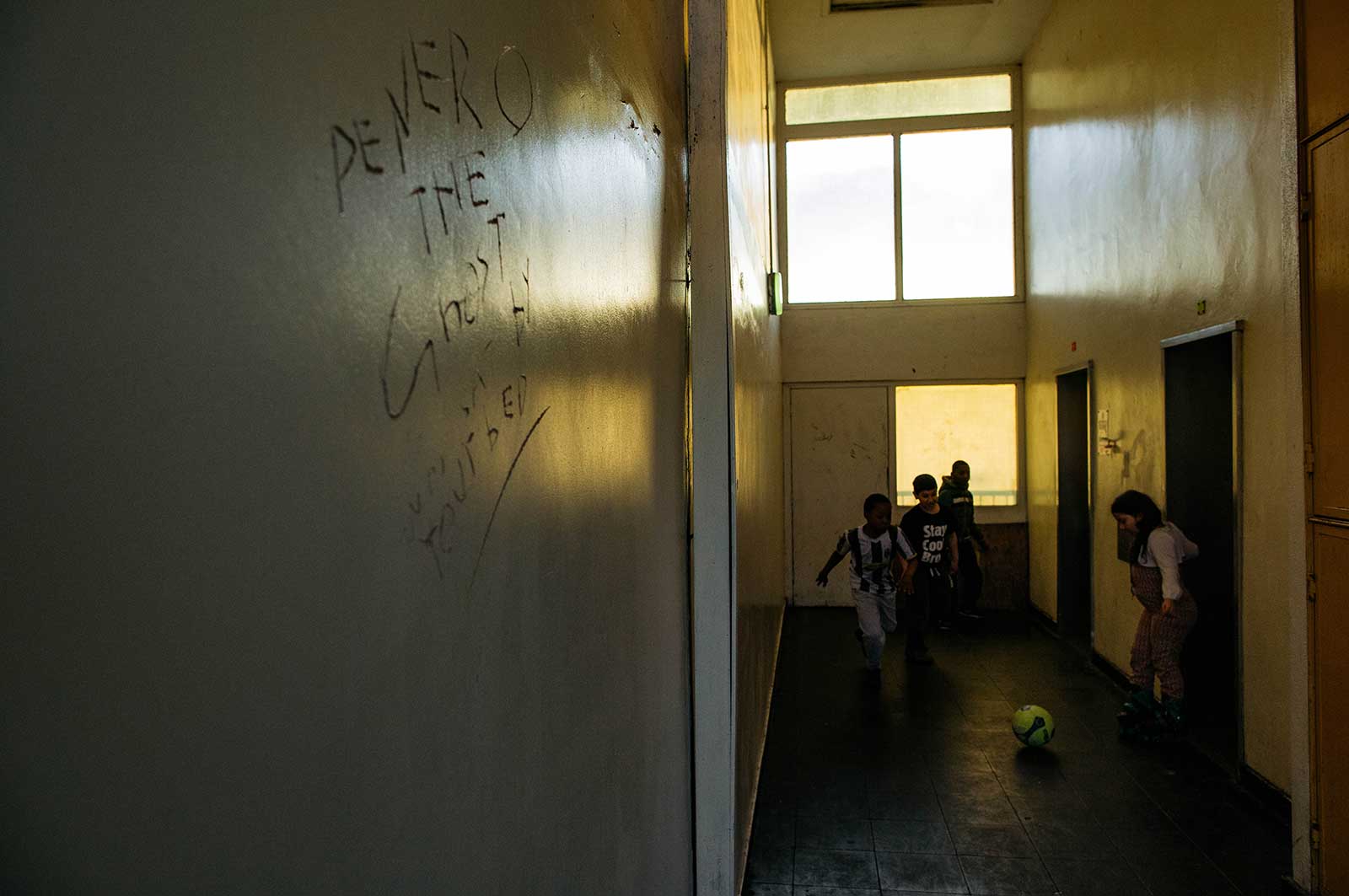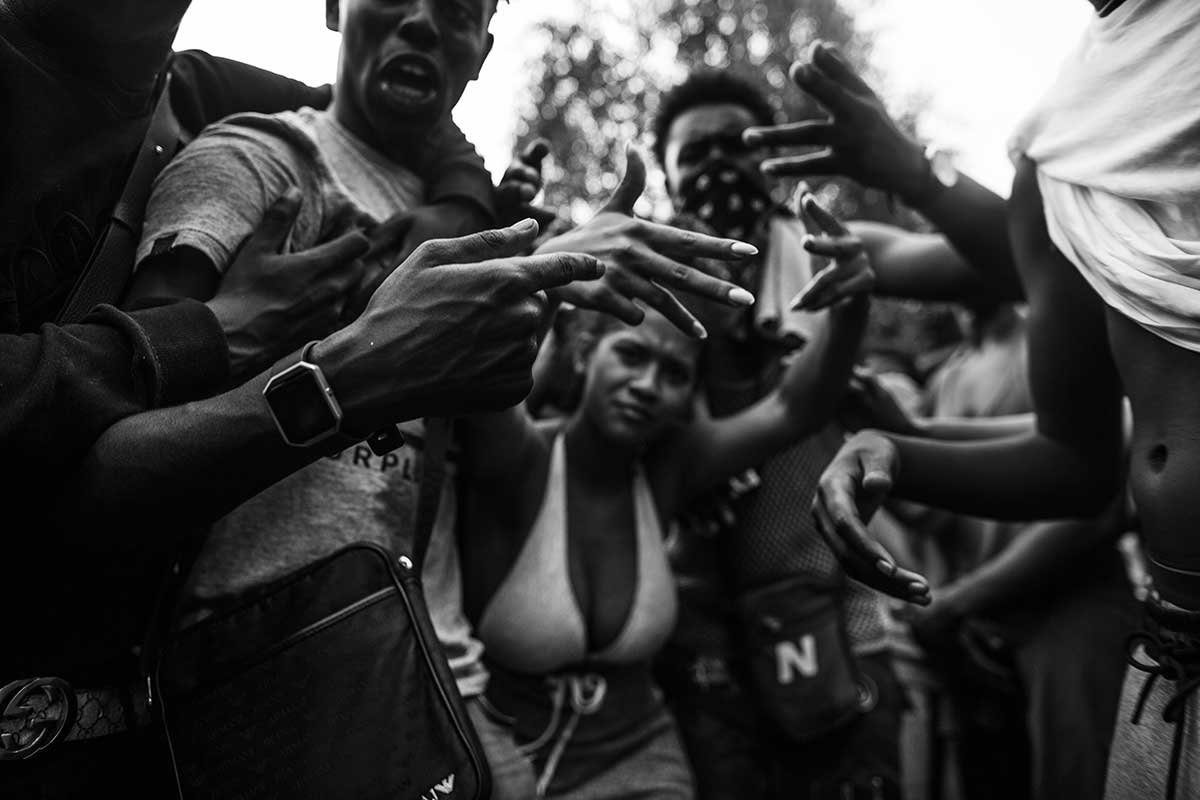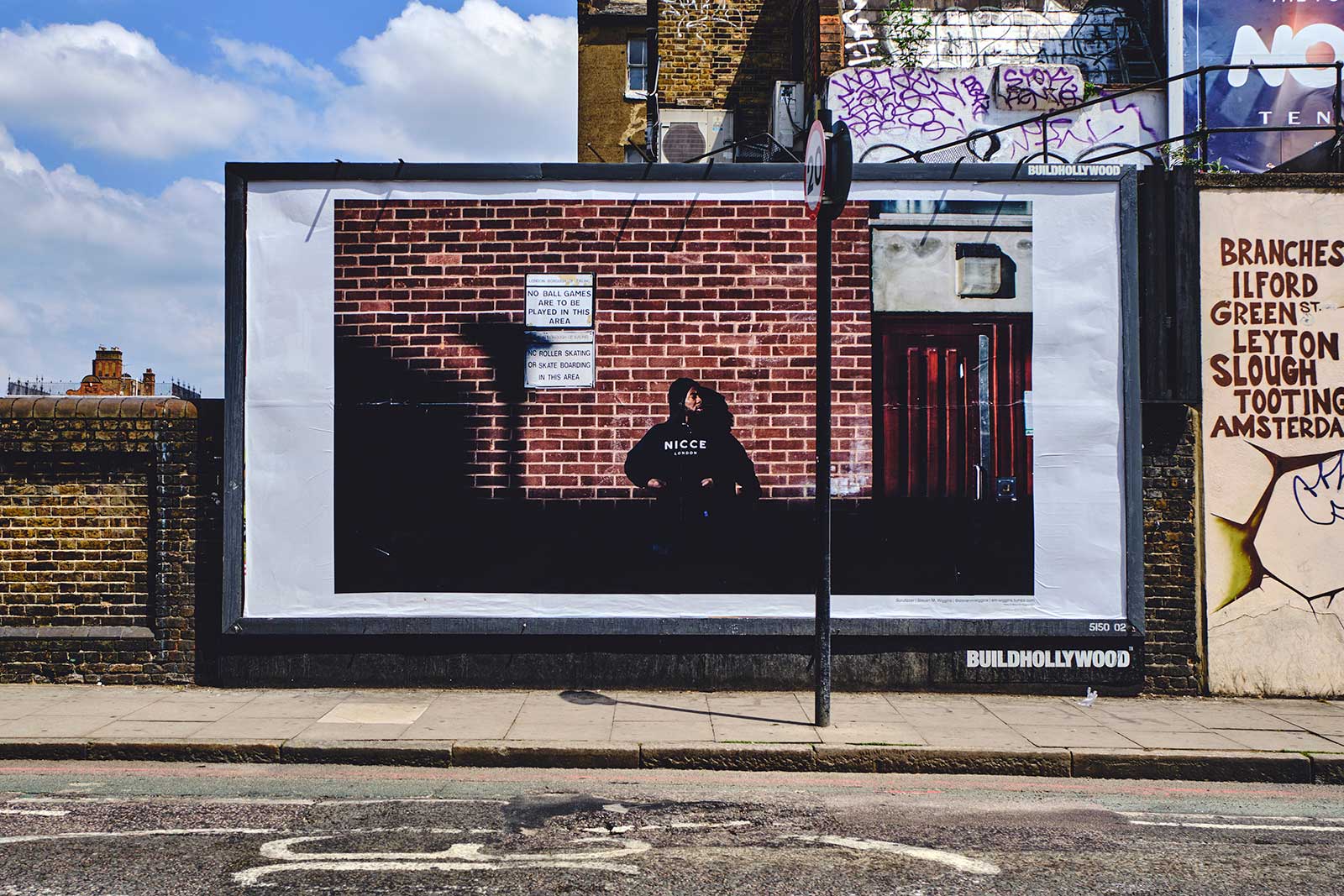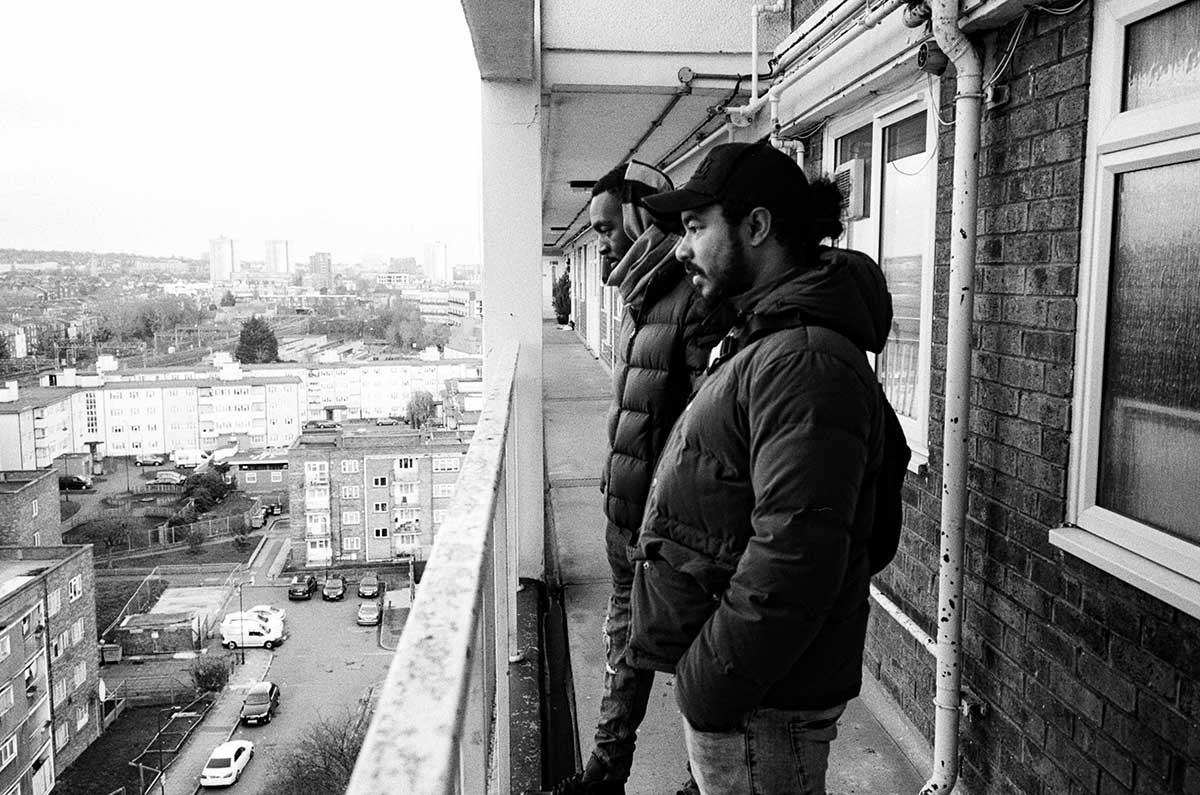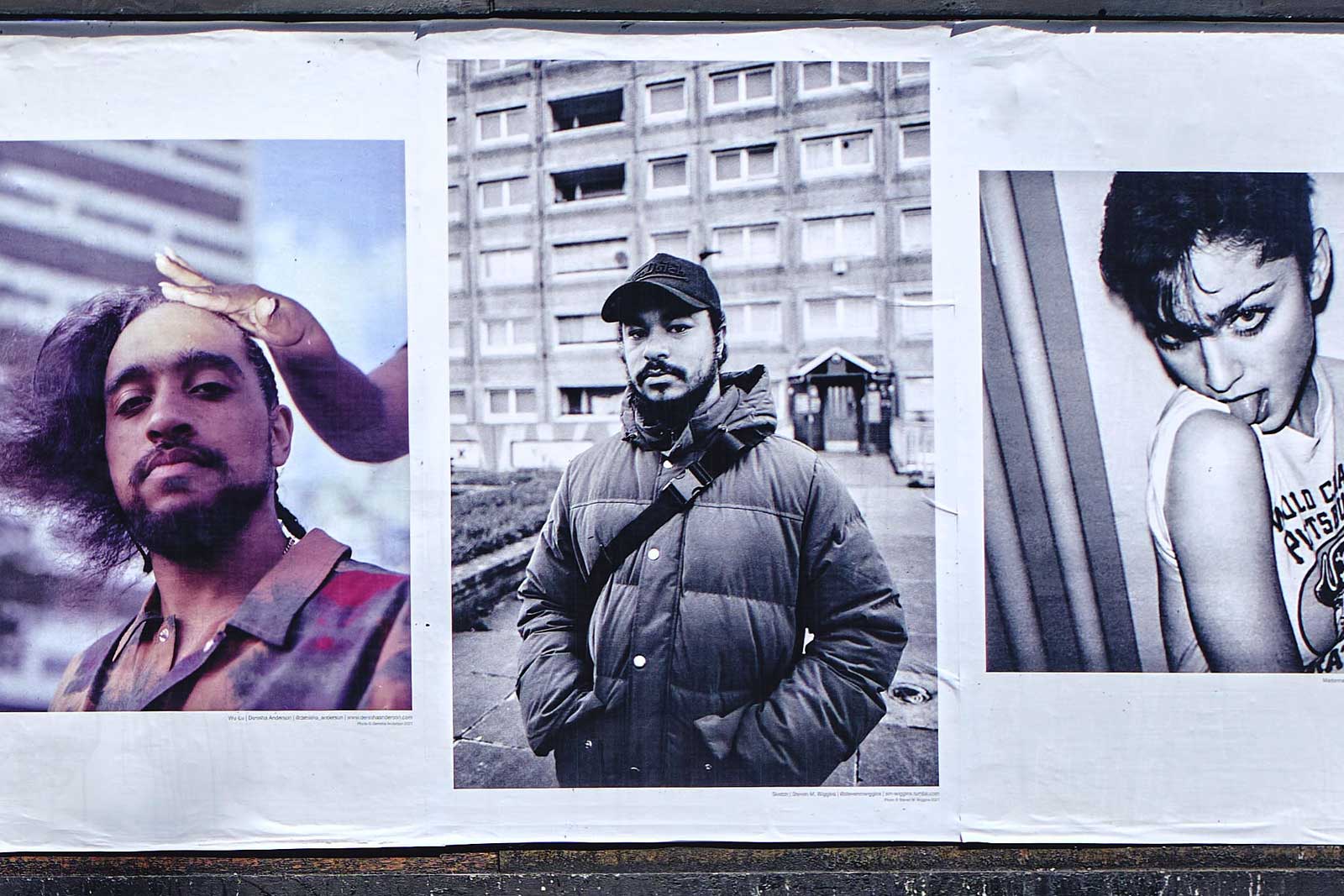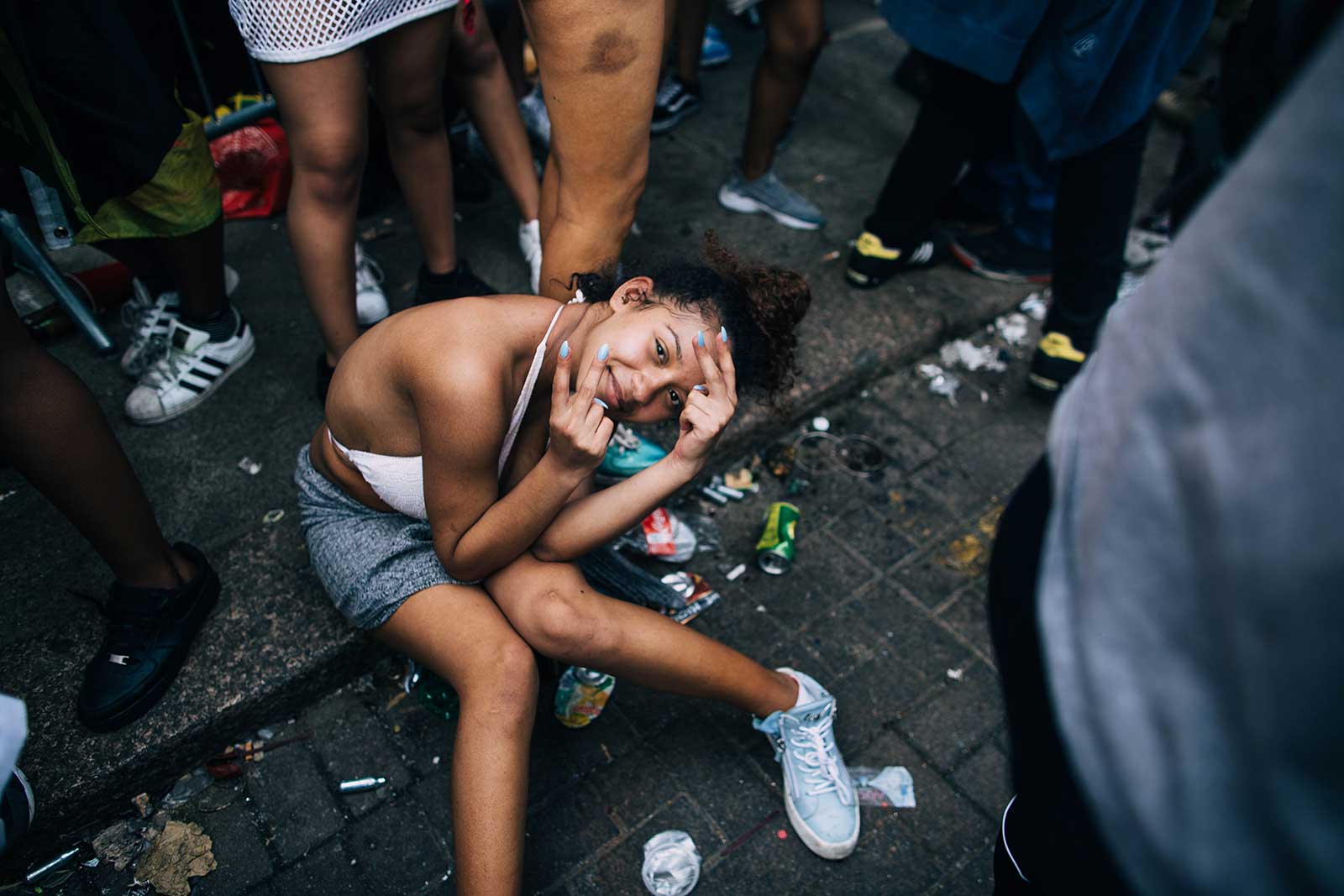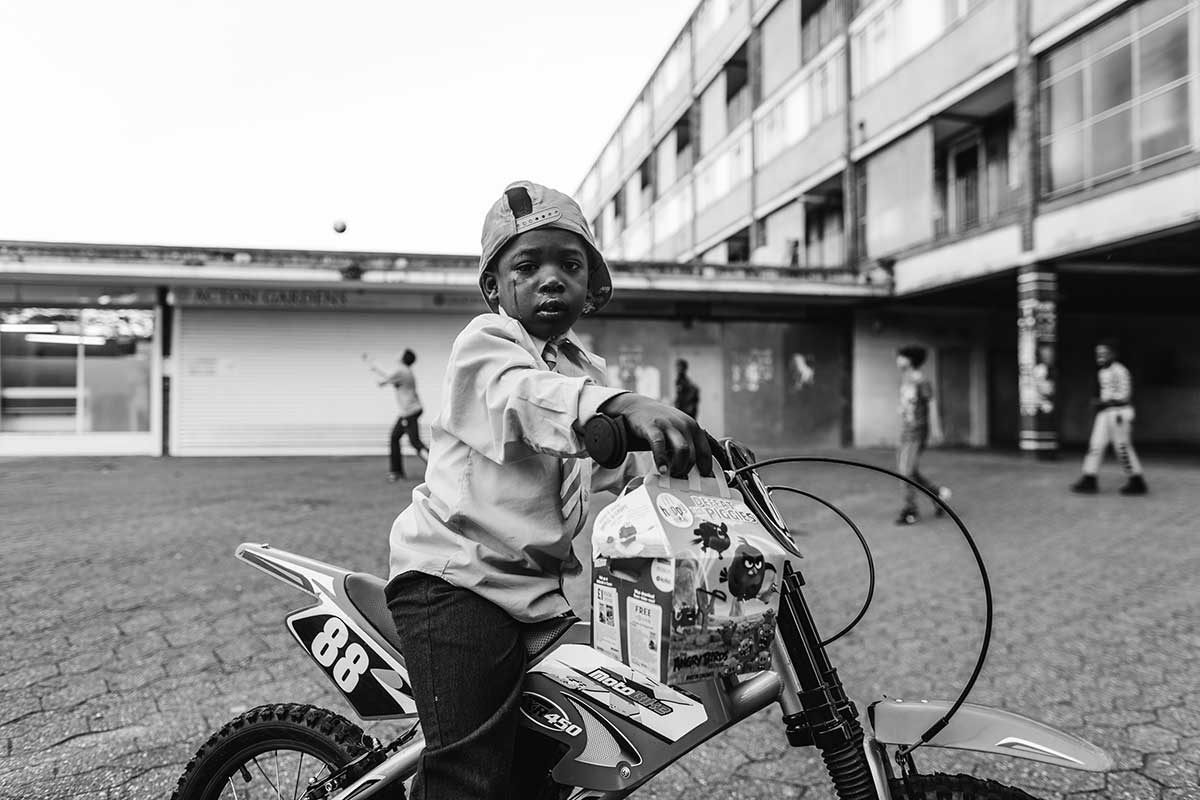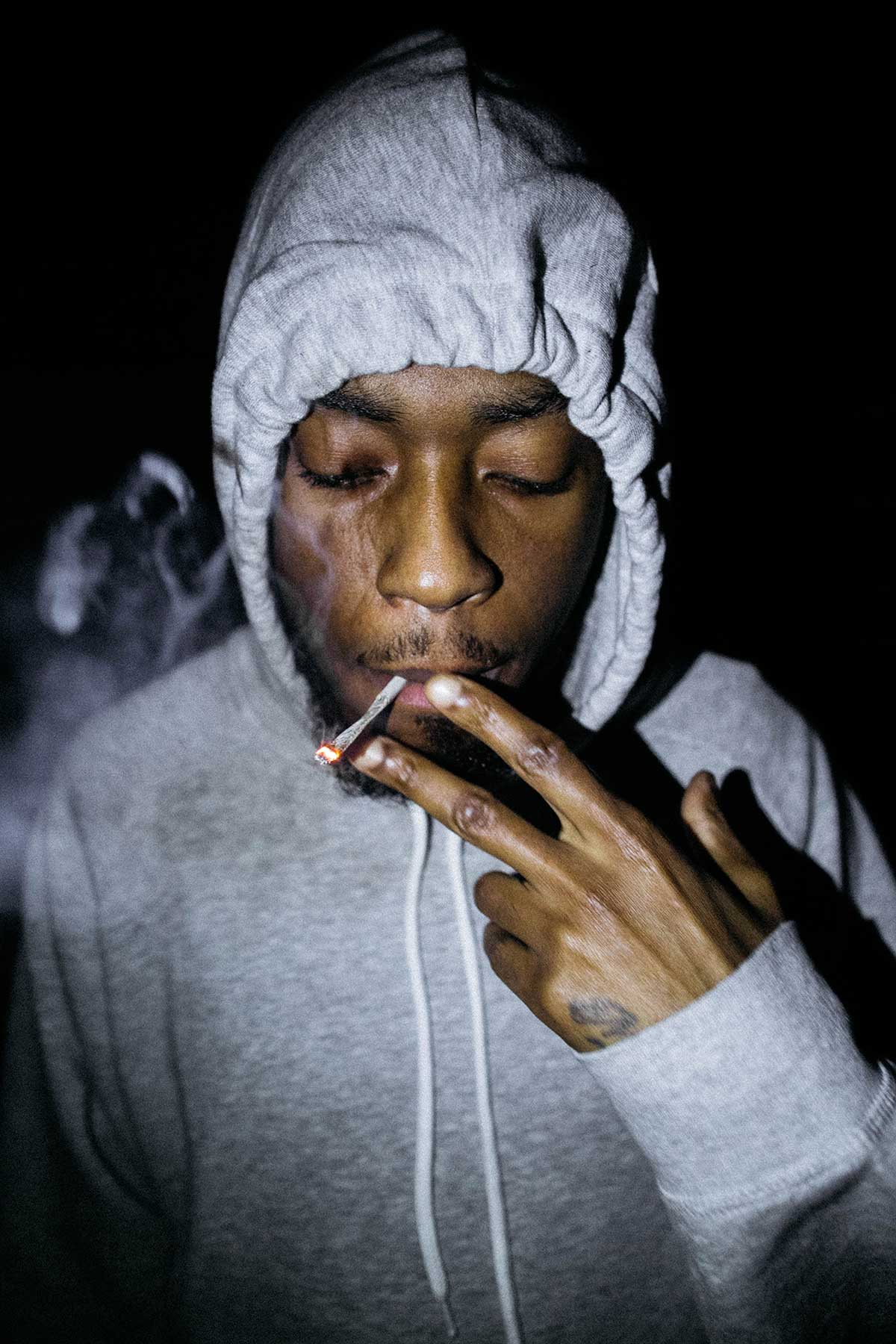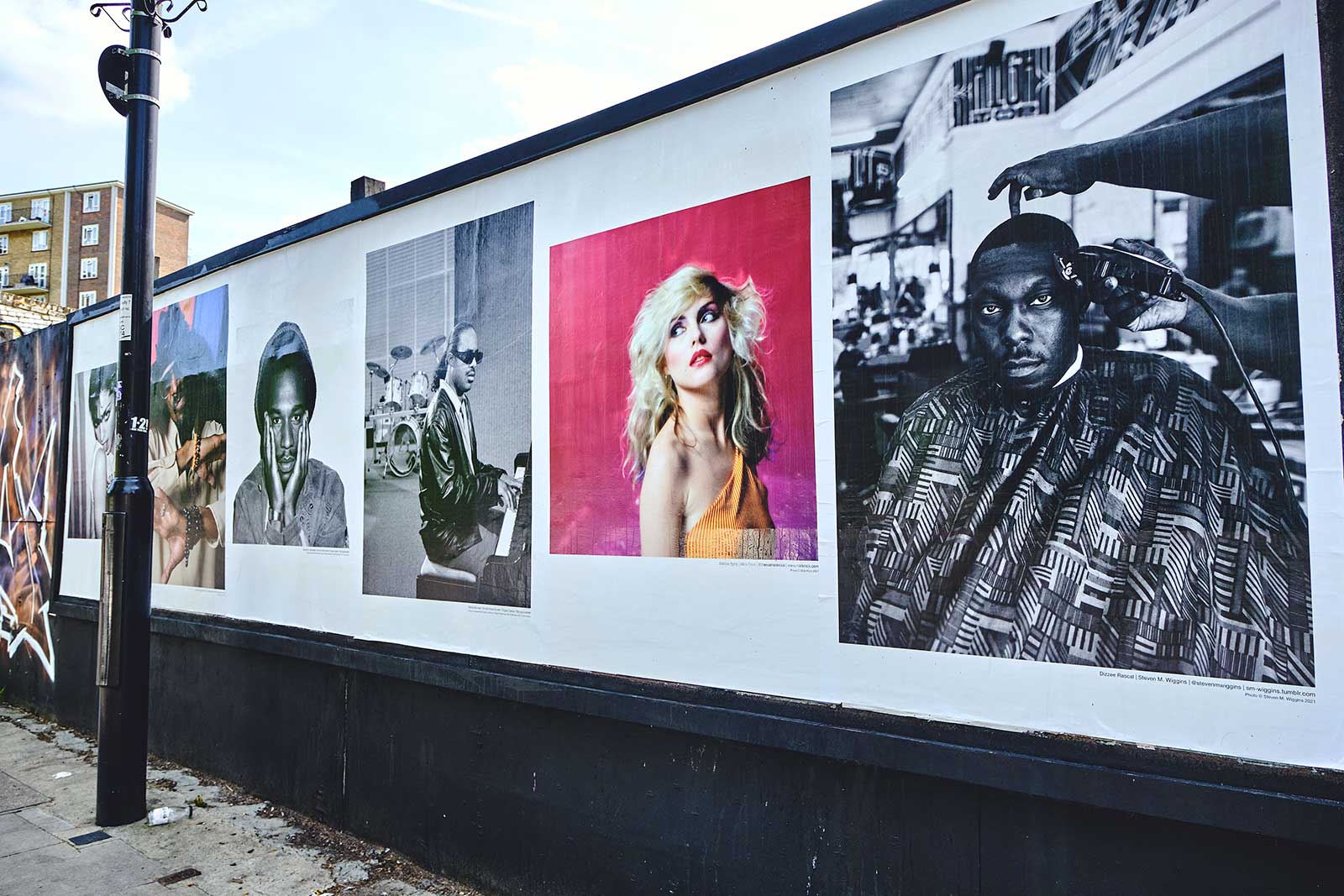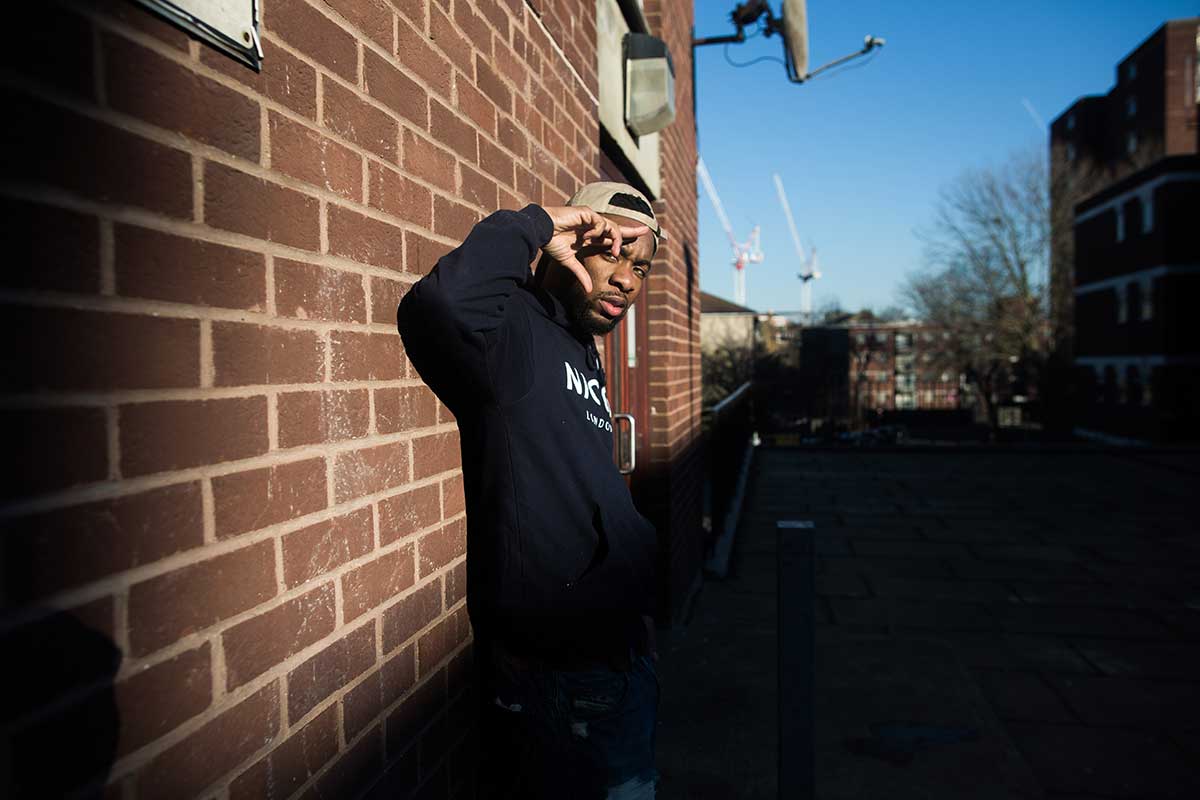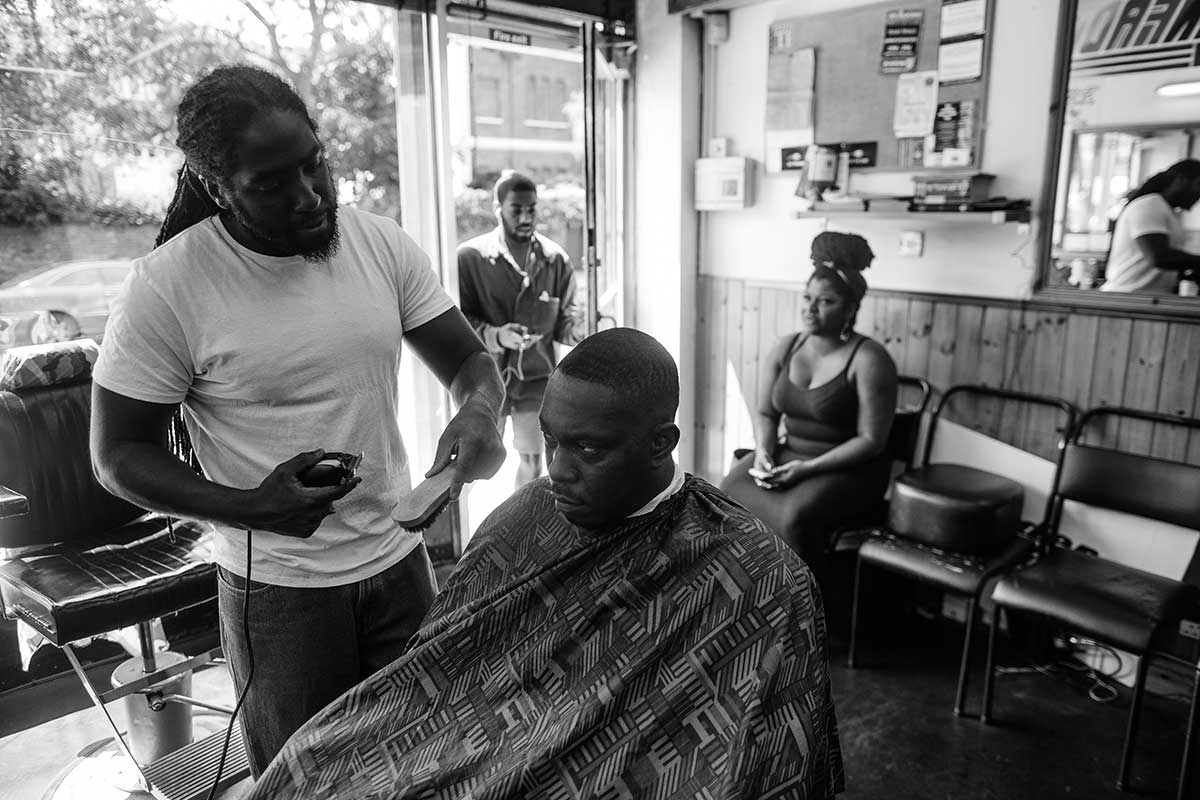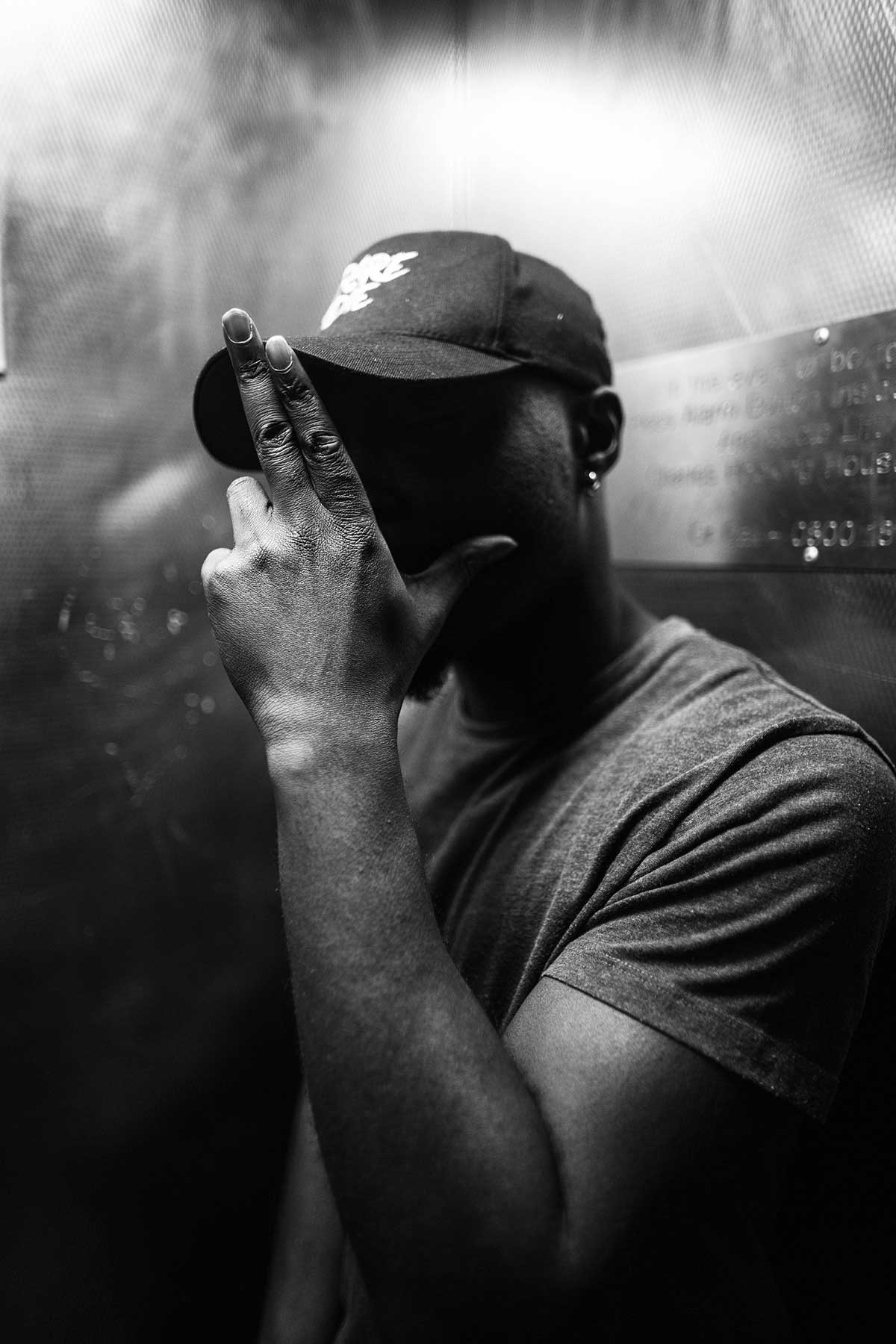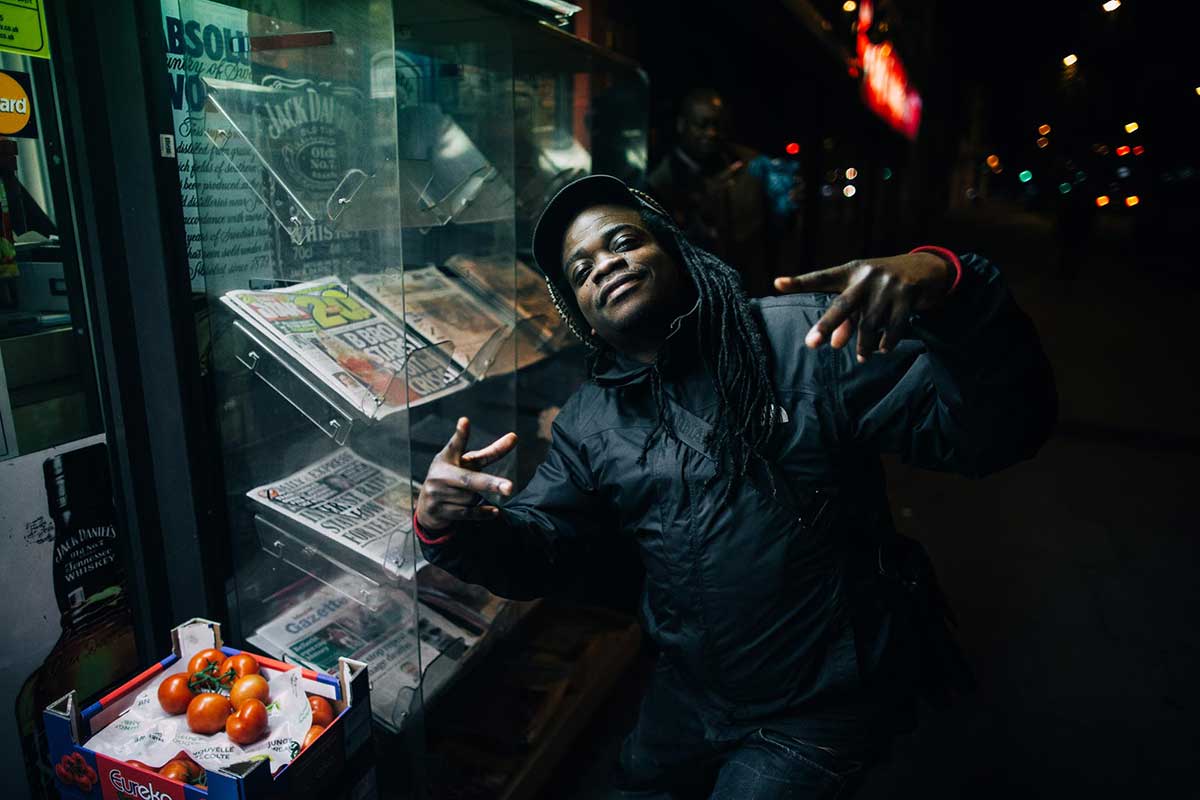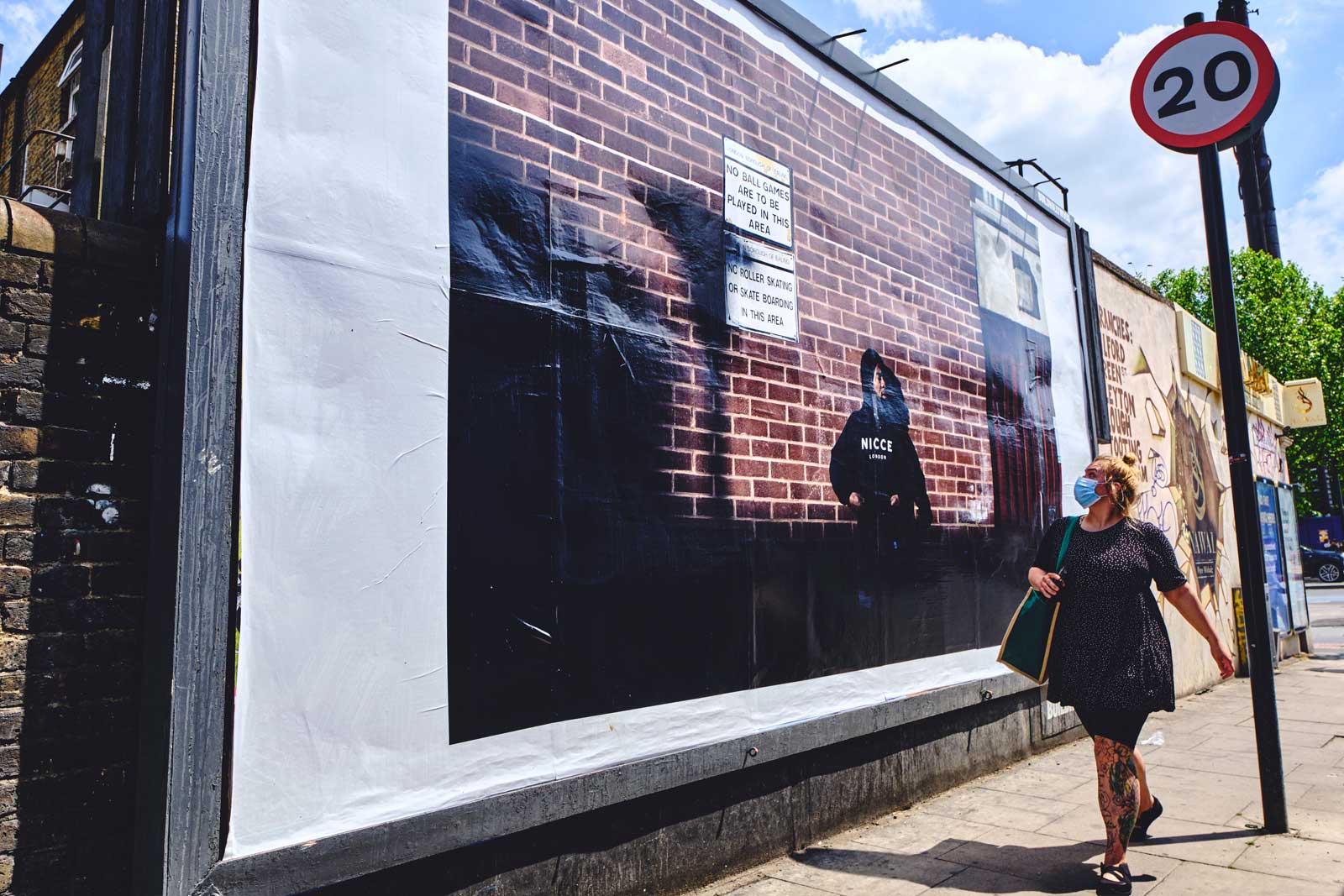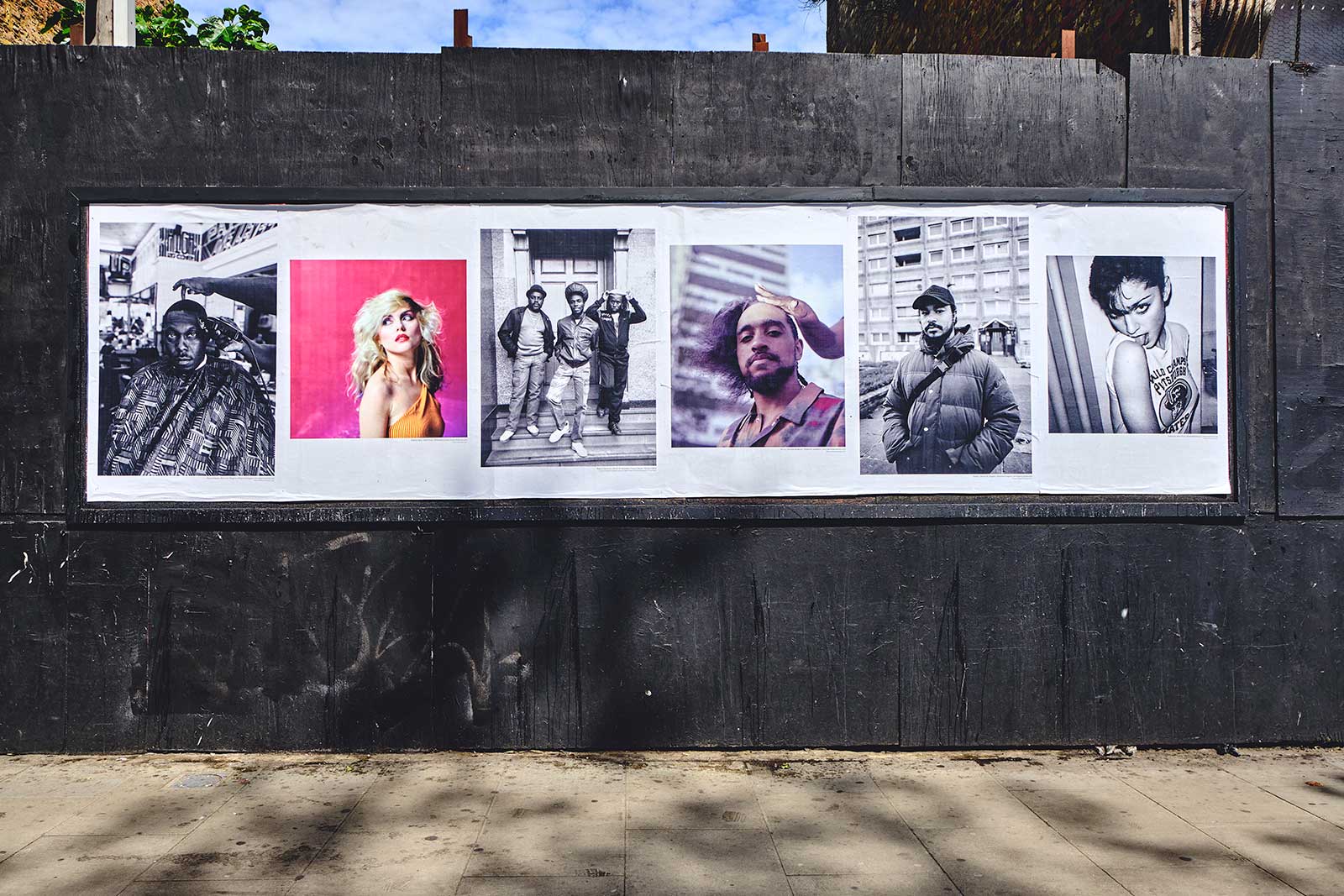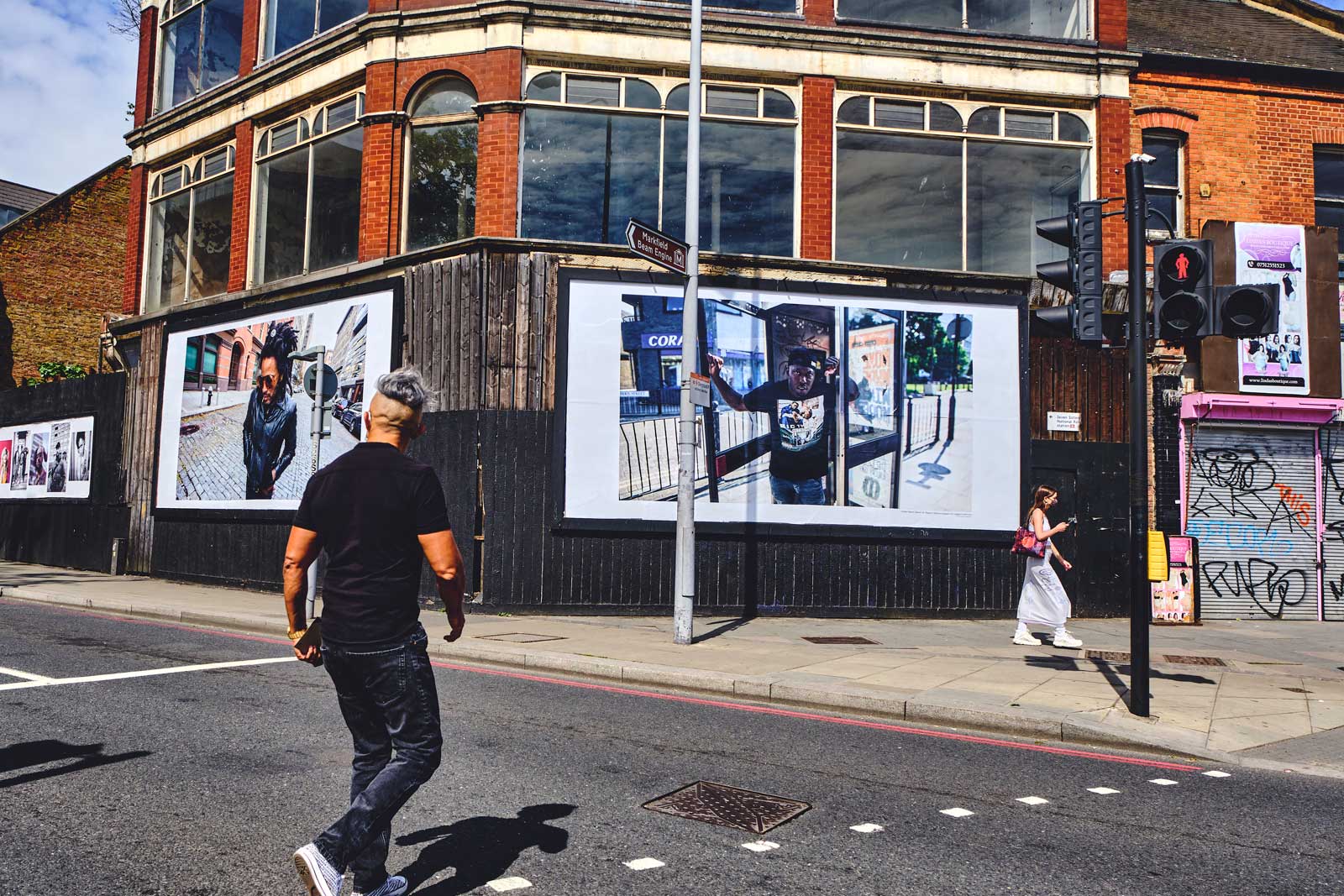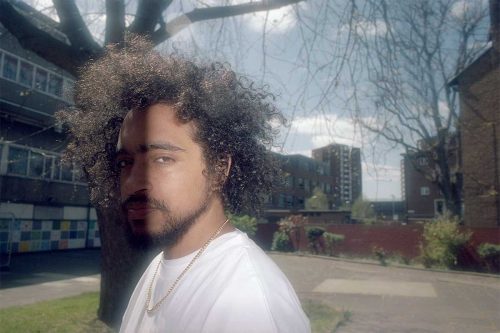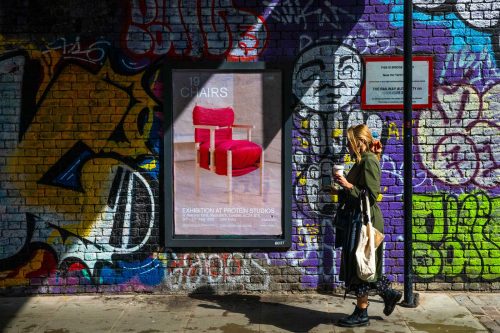Your Space Or Mine
Steven M. Wiggins
Steven M. Wiggins began taking photographs in 2015 with the aim of documenting the people and places of the area he grew up in: West London. Taking his camera initially to the streets of Acton, Wiggins began to make a record of his surroundings via street photography, portraiture and urban landscapes. Eventually, Wiggins branched out and started covering all areas of inner-city London.
With subjects as vast as childhood friends who have been involved with gang violence, Notting Hill carnival revellers, council estates, everyday characters you see on the street to leading grime and rap artists, his work culminates in a dark, gritty and unique look at modern life in London.
His pictures for this project come from the grime and rap world, with all photographed on the streets where they’re from. “This project is a brilliant way of celebrating two elements that feed off of each other – music and the street,” he says, adding he hopes it inspires others on the streets too.
“There’s also people from some backgrounds and social classes that have an interest in photography or art but may not feel like they’re welcome in gallery spaces so don’t ever think to visit one – this is why projects like this are needed because they essentially give everyone the opportunity to view art and photography in person.”
We caught up with Steven to find out more about his inspirations, the story behind his shots and what he hopes people will take away from his photographs.
09.06.21
Words by


